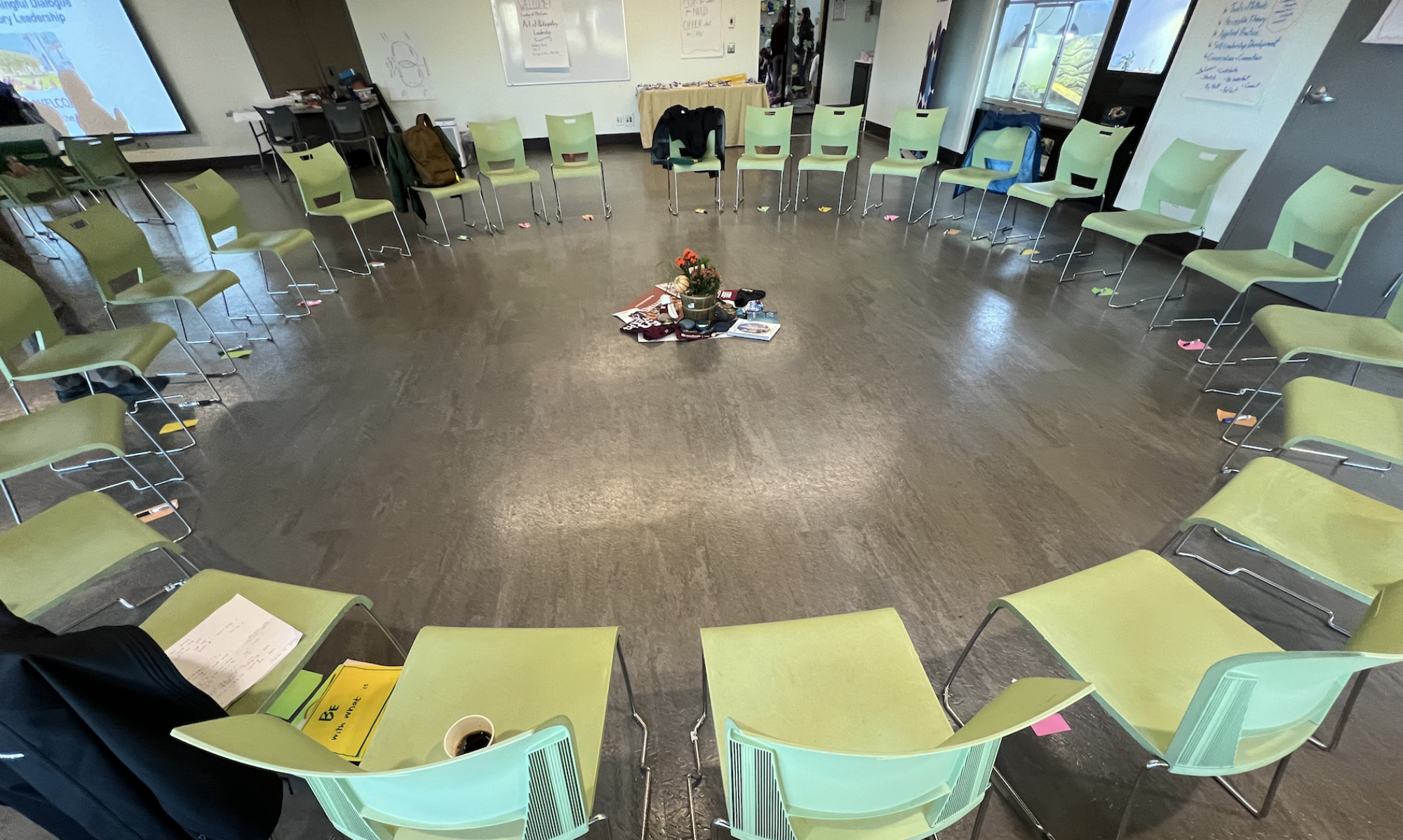
You know how there are times in your life when you return to what seemed a previous chapter of old stuff, and find in that old chapter, a newness that feels powerfully poignant now? I’m in one of those with the above diagram. I’m in one of those times as I continue to seek a simplicity of framing and invitation for so much of what I do as a facilitator, meeting designer, consultant, and guide. I’m finding this powerful as orientation to invite depth in the groups I work with.
In the early 2000s Toke Moeller and I talked about these. We named some of what it takes to create good learning together. Since then, I’ve given much thought and practice to developing a wider view of inspired learning spaces. What I love about it is that it looks beyond conversational leadership. Often, from the lineage of The Art of Hosting, there is much focus on conversation as a modality. This is important. It is one of the ways that we humans connect with each other. It is a direct challenge to command and control systems that tend to offer more mandates and dictates, more marching orders than invitations to explore.
As important as the conversations are, and the methodologies that support this, I have always felt that there is more that we must attend too. What are the other ways that we find connection with each other? What are other modalities that help a group over time? What is important to help better weave different learning styles or personality types into the room?
For me it is important to name that I’m not looking for a bag of party tricks here. When I use any of the activities in this photo, I’m not looking for ice-breakers that are cute to start a meeting. I’m looking for other modalities that help the people in the room connect more with each other and connect more with the multiple layers of purpose that are present among them.
So, here’s to the framings that any of us offer that can simplify the purpose, yet hold much, much complexity in learning and practice.





